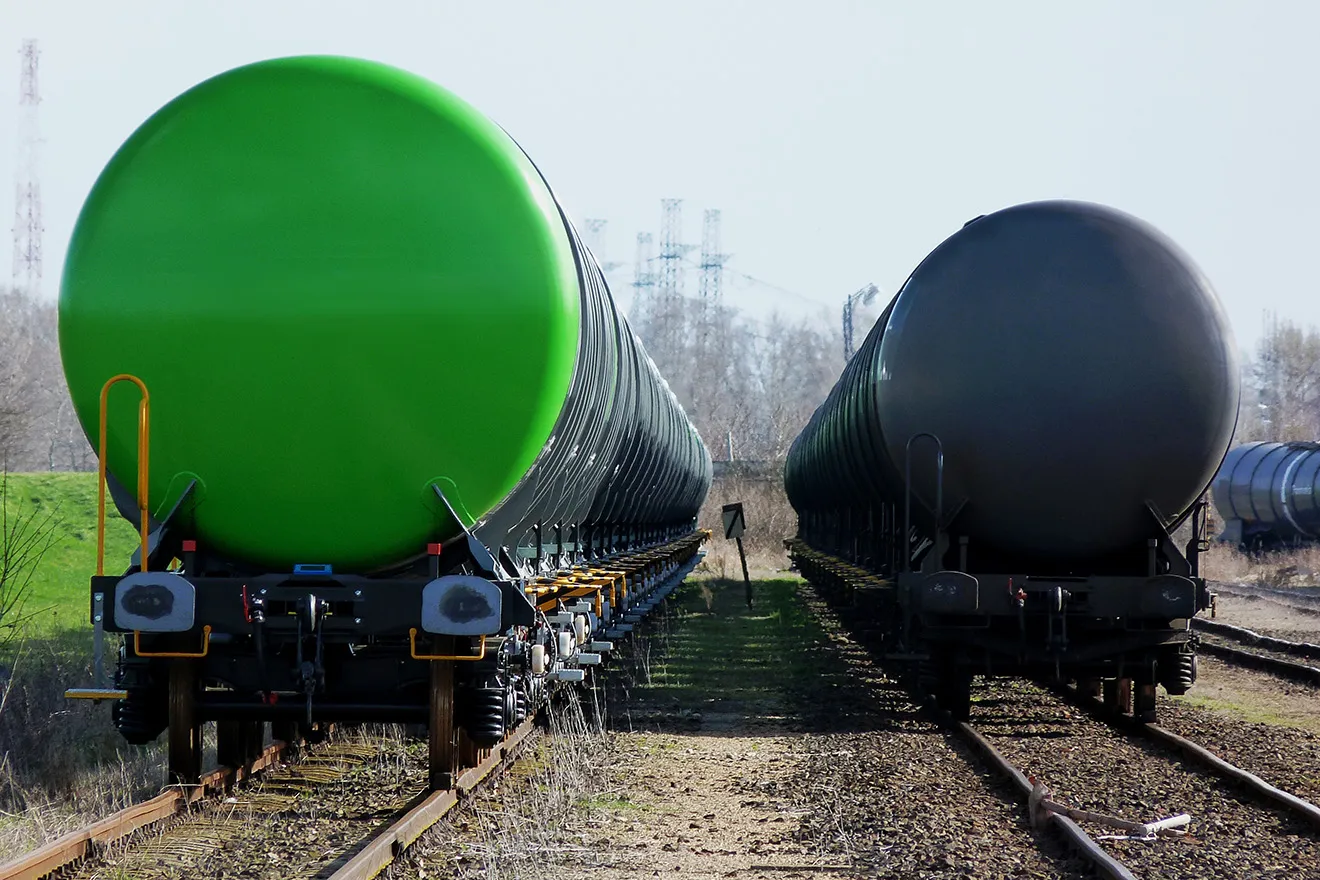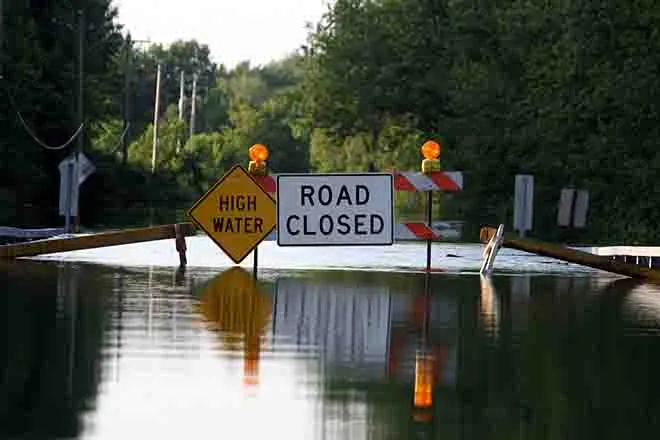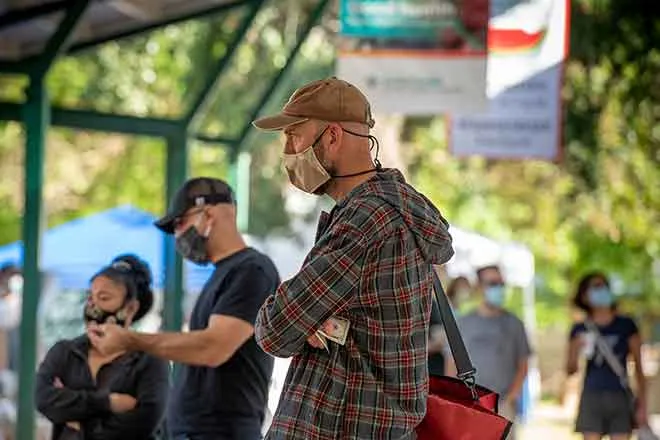
Opinion: Setting the table for rural-urban collaboration at spur
Food brings people together – around the dinner table, at picnics, and on restaurant patios. Sometimes, though, food production and its complexities spark a tension between rural and urban communities and drive us apart. But today, no matter where we live, the urgent challenge of feeding our world while grappling with diminishing water and land resources has to bring us all together as never before, to create new opportunities and solutions and protect the planet that sustains us all.
“Feeding the world” is an increasingly onerous prospect. The world population could well reach 10 billion in the mid-2050s, when today’s high-school graduate is in in their mid-40s. As demand for food booms alongside our population, the resources needed to grow our food continue to be finite. Farmable land and water availability are waning while drought and warming temperatures worldwide are profoundly impacting food production.
And as the need for increased food production intensifies, the percentage of our population directly involved in creating our food, is declining. These days, an estimated 2% of our U.S. population is directly engaged in farming and ranching. That means knowledge about food production has narrowed, creating a disconnect between urban and rural cultures over a wide range of issues – even as urbanites are increasingly interested in the sources of their food and the manner in which it is grown.
That brings us to Terra.
When we conceived the idea of Colorado State University’s Spur campus in Denver, we envisioned a place that would help people far removed from the food-production system understand where their meals come from – and the hard work involved in getting food from the farm to the table.
Terra, the second CSU Spur building to open on the three-building campus at the National Western Center, is the realization of that vision: a place dedicated to learning, discovery, and exploration of food and agriculture. With its rooftop gardens and greenhouses, kitchen laboratories, agricultural exhibits, and gathering spaces, Terra is a 60,000-square-foot, high-tech mecca for learning about the science, business, and beauty of food production in all its stages. Our hope, as with all our CSU Spur facilities, is that Terra becomes a hub that spurs collaboration and innovation – a place where children and adults alike can engage with the challenge of sustaining our people and our planet.
This state-supported urban campus in the heart of metro Denver is coming to life at the same time the CSU System Board of Governors has committed more than $8.5 million in new resources to expand service to and support of rural Colorado communities. This commitment includes a nearly 25% expansion in the number of Extension staff directly serving Colorado counties, along with new scholarships for students from rural Colorado.
This commitment came from the realization that Colorado is a microcosm of the rural-urban issues and challenges in sustainable food production that impact communities around the world. Our agricultural industry is a foundational element of Colorado’s economy, contributing an estimated $47 billion to the state economy each year and employing more than 195,000 people.
At the same time, about 85% of our state population lives along the Front Range corridor -- a booming urban population surrounded by agriculturally oriented rural communities that struggle to improve and maintain socioeconomic vibrancy. This brings into stark relief all the issues related to urban encroachment on longtime agricultural lands and competition between cities and agriculture for waning water supplies.
At times, these and related dynamics induce Colorado’s rural and urban communities to view each other as competing factions rather than as interconnected parts of a diverse Western state. Yet, these defining aspects of our state also make it the perfect place to urge collaboration and to pursue the novel ideas that naturally arise from seams of tension when people are open to seeing them.
Just as food draws people together around the table, food is also a fundamental connection point between rural and urban communities. Whether we’re avowed carnivores (“steak; hold the vegetables”) or dedicated vegans (“vegetables; hold the steak”), our food is raised by farmers and ranchers who populate rural communities that significantly contribute to our nation’s food system, economy, history, and culture. If we eat, which we all do, then we have an interest in our rural communities – just as our rural communities have a vested interest in urban communities, where the majority of consumers (e.g., customers) live.
The one-of-a-kind innovation and education hub emerging at Spur, combined with CSU’s renewed investment in rural Colorado, provides a catalyst, moving our state forward in connection and collaboration. We invite urban and rural constituents alike to visit CSU Spur and join us in exploring how our urban and rural communities can work together as one Colorado, a place where we produce foods, enjoy foods, and understand and appreciate all that goes into a healthy and evolving food system.















